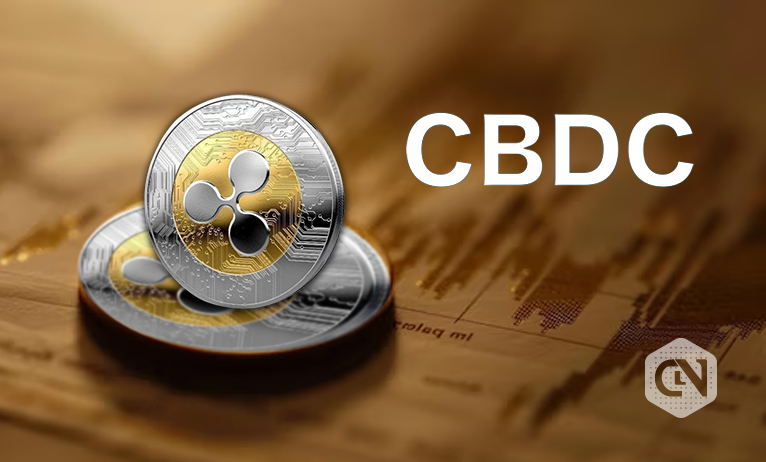CBDCs, or Central Bank Digital Currencies, are digital forms of a national currency issued and regulated by its central bank. They constitute a significant breakthrough in the digital economy, as they simplify transactions, resulting in wider financial inclusion.
Ripple, one of the most prominent blockchain companies, specializes in providing cross-border payment services using its digital asset-XRP. Due to the general switch to digital payments, the CBDCs give Ripple the chance to embrace mass adoption more than any other.
As Ripple’s technical integration with CBDCs will be the case, the central banks can perhaps realize the most efficient, secure, and fast financial transactions possible, potentially making Ripple a critical piece of the modern finance infrastructure.
Why CBDCs Matter
The CBDC’s importance cannot be understated as it offers a wide range of revolutionary benefits to both governments and people. For governments, CBDCs provide better monetary policy effectiveness, transaction speed enhancement, and the ability to trace financial flows, which helps fight money laundering and other financial crimes.
The community gains the advantage of increased financial inclusion, especially in the areas where the traditional banking infrastructures are absent and the cost and time for the transactions are considerably reduced, which in turn leads to the possibility of more people having easier access to financial services.
The CBDCs development arena is dynamically changing worldwide. Many countries are at different stages of development in the process of exploration and implementation. For example, China has made a big step with its digital yuan and is conducting public trials already.
Advertisement
Therefore, the European Central Bank is studying digital euros, and the Bahamas has already introduced its Sand Dollar. This emerging global drive shows a strong desire to adopt digital currencies, and CBDCs are one of the critical elements in future financial systems.
Ripple’s Advantage in CBDCs
Ripple’s CBDC platform is undoubtedly the front-runner due to the set of functionalities it incorporates for efficient and high-volume financial utilization. The technology uses its infrastructure, which is rather scalable and can tackle large volumes of transactions without breaking speed and security.
National economies could find themselves in a situation with massive transaction demands. Besides this, Ripple has a good platform that helps transfer money in seconds, unlike traditional systems, which can take days. The network also minimizes transaction costs, ensuring it is a lucrative option for general use. The low costs allow services to be accessible to all levels of society.
Thanks to its well-known place in the financial technology sector, Ripple provides a basis for integrating its CBDCs. The reputation of Ripple as a responsible and advanced brand of blockchain solutions provider is supported by its long history of productive collaboration with major banks and financial institutions worldwide. This reliance and proficiency encourage countries to implement digital currencies and make it their favored option for digital currency launch.
How CBDCs Can Drive Ripple Adoption
The universal implementation of Ripple’s XRP-based CBDCs could be the very thing that would cause XRP to be widely adopted. In this respect, XRP can be used as a liquidity vehicle in cross-border transactions, which, in turn, will promote instant and low-cost exchanges of money across the world. This would add an extra dimension to XRP’s utility and demand as it will be viewed as the key component of the financial systems powered by Ripple’s technology.
The CBDC platform’s potential uses encompass boosting remittance services as expatriates may be able to send money to their home countries rapidly and cheaply. Ripple could be used in government fund disbursement, such as social programs, where the delivery would be fast and secure. Therefore, integrating Ripple’s platform with online entertainment could lead to a revolution as online Ripple casinos are already among the options where transactions could be processed transparently and fast, improving the quality of digital financial interactions and making them more reliable.
Conclusion
Advertisement
Finally, combining Ripple’s up-to-date blockchain technology with Central Bank Digital Currencies (CBDCs) ensures a sound global solution for current financial systems. Ripple would help central banks implement the improved efficiency, security, and inclusive digital monetary transactions with their platform.
The introduction of Ripple’s technology for CBDCs ensures the higher purpose of digital currencies and makes XRP more essential and priceless in the financial sector market. While more and more nations are moving forward with digitalization, Ripple is very much at the centre of this change. This change may be as revolutionary as it is promising, enlightening a new era of financial innovation and inclusiveness.







